Consumers browse fruit and veg the longest, reports Rachel Barnes
The fruit and vegetable aisle may not strike you as the most exciting or ideal place to build sales through impulse shopping, but this is exactly where customers are most susceptible.
According to a survey of almost 2,000 consumers conducted exclusively for The Grocer by HI Europe, this section of the supermarket is the best place to reach shoppers, not least because, in the vast majority of stores, the fruit and veg aisle is located near the entrance and customers are only just beginning their shopping.
Almost half the respondents say they browse the fruit and veg aisle the longest during their shop, with males and females across all age profiles revealing broadly similar habits when shopping for fresh food.
One of the key reasons, suggests HI Europe senior researcher Caroline North, is the bright colours and attractiveness of the fruit and veg area. “There’s clearly a correlation between how long people hang about in an aisle and how likely they are to impulse buy,” says North. “It means shoppers are more likely to pick something up, become engaged with a product and ultimately be tempted to buy it.”
The fresh food aisle also has healthy connotations, adds North, so people feel virtuous rather than guilty picking up items.
In sharp contrast, the tinned food aisle has the second-shortest browse time and is named the least favourite part of the store. However, of those who say they prefer the tinned food aisle, as well as the soft drinks section, which also scores poorly, there is a noticeable bias towards men. “This could provide suppliers and retailers with an opportunity to target men with specific promotions and flag up other male products in other areas of the store,” says North.
In all, groceries are the items most likely to be bought on impulse, with 50% of respondents claiming they shop the category without forward planning.
Our survey also highlights the increasing importance of non-food to supermarkets. After groceries, it shows magazines and books, as well as CDs and DVDs, taking the second and third spots for items bought on impulse. More interesting is the emergence of clothing, homewares, electrical goods and jewellery as products that people buy on impulse at the supermarket.
Combined, these six non-food categories account for 63% of the most recently bought items by the people surveyed. “All of this time spent shopping for other things means people aren’t spending it on their main grocery shop,” says North.
She warns that an increased focus on non-food, especially within impulse buying, could lead to customer dissatisfaction as shoppers leave the supermarket with a growing number of items they never intended to buy. “What cost does it come at? If the primary reason to go shopping becomes too diluted, it could result in people going back to specialist retailers.”
Despite the growth of higher-margin non-food goods, the amount spent on impulse items in a typical week is low, with 72% of people spending less than £15 and 30% spending less than £5. This doesn’t automatically mean bad news for category growth, says North, just that price points on items such as jewellery need to be low to stay attractive as an impulse item.
Nonetheless, the survey reveals that one in four people are spending more than £16 on impulse purchases and a significant 5%, equating to 82 of the respondents, are spending £51 or more. This means the opportunities for growing categories, such as electricals, is there for the taking.
As non-food shopping becomes a regular part of the weekly trip to the supermarket, more of the £61 average spend could be going to these new categories. A greater opportunity exists in the older 35-44 profile, where the average spend is £72, compared with the £49 spent by 16 to 24-year olds.
The average time spent grocery shopping in a store is just 35 minutes, the survey found. “Supermarkets need to maximise cross-promotional marketing when they have a captive audience,” says North.
The fruit and vegetable aisle may not strike you as the most exciting or ideal place to build sales through impulse shopping, but this is exactly where customers are most susceptible.
According to a survey of almost 2,000 consumers conducted exclusively for The Grocer by HI Europe, this section of the supermarket is the best place to reach shoppers, not least because, in the vast majority of stores, the fruit and veg aisle is located near the entrance and customers are only just beginning their shopping.
Almost half the respondents say they browse the fruit and veg aisle the longest during their shop, with males and females across all age profiles revealing broadly similar habits when shopping for fresh food.
One of the key reasons, suggests HI Europe senior researcher Caroline North, is the bright colours and attractiveness of the fruit and veg area. “There’s clearly a correlation between how long people hang about in an aisle and how likely they are to impulse buy,” says North. “It means shoppers are more likely to pick something up, become engaged with a product and ultimately be tempted to buy it.”
The fresh food aisle also has healthy connotations, adds North, so people feel virtuous rather than guilty picking up items.
In sharp contrast, the tinned food aisle has the second-shortest browse time and is named the least favourite part of the store. However, of those who say they prefer the tinned food aisle, as well as the soft drinks section, which also scores poorly, there is a noticeable bias towards men. “This could provide suppliers and retailers with an opportunity to target men with specific promotions and flag up other male products in other areas of the store,” says North.
In all, groceries are the items most likely to be bought on impulse, with 50% of respondents claiming they shop the category without forward planning.
Our survey also highlights the increasing importance of non-food to supermarkets. After groceries, it shows magazines and books, as well as CDs and DVDs, taking the second and third spots for items bought on impulse. More interesting is the emergence of clothing, homewares, electrical goods and jewellery as products that people buy on impulse at the supermarket.
Combined, these six non-food categories account for 63% of the most recently bought items by the people surveyed. “All of this time spent shopping for other things means people aren’t spending it on their main grocery shop,” says North.
She warns that an increased focus on non-food, especially within impulse buying, could lead to customer dissatisfaction as shoppers leave the supermarket with a growing number of items they never intended to buy. “What cost does it come at? If the primary reason to go shopping becomes too diluted, it could result in people going back to specialist retailers.”
Despite the growth of higher-margin non-food goods, the amount spent on impulse items in a typical week is low, with 72% of people spending less than £15 and 30% spending less than £5. This doesn’t automatically mean bad news for category growth, says North, just that price points on items such as jewellery need to be low to stay attractive as an impulse item.
Nonetheless, the survey reveals that one in four people are spending more than £16 on impulse purchases and a significant 5%, equating to 82 of the respondents, are spending £51 or more. This means the opportunities for growing categories, such as electricals, is there for the taking.
As non-food shopping becomes a regular part of the weekly trip to the supermarket, more of the £61 average spend could be going to these new categories. A greater opportunity exists in the older 35-44 profile, where the average spend is £72, compared with the £49 spent by 16 to 24-year olds.
The average time spent grocery shopping in a store is just 35 minutes, the survey found. “Supermarkets need to maximise cross-promotional marketing when they have a captive audience,” says North.

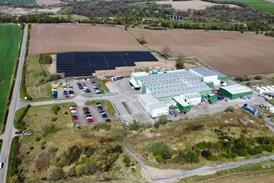

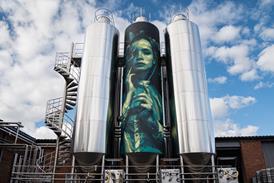
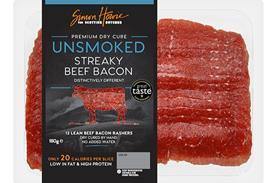


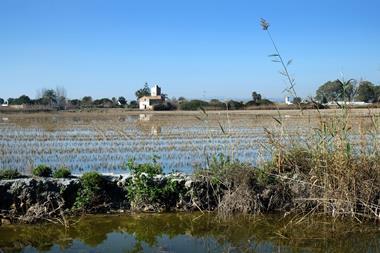


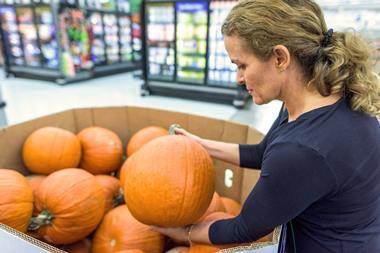

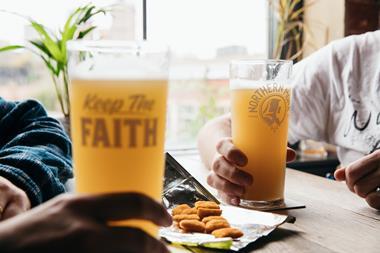
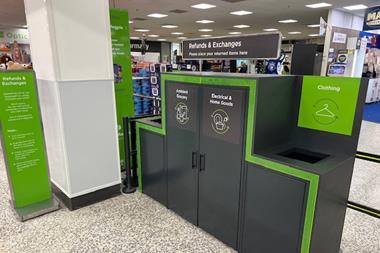
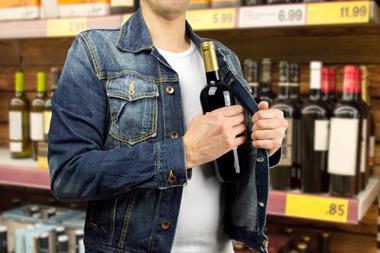
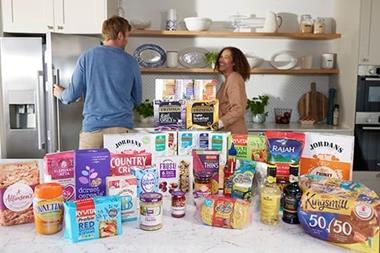
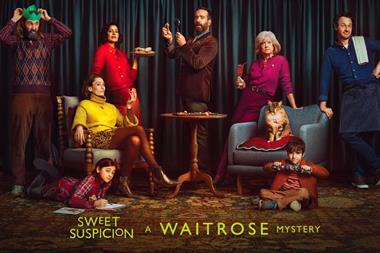

No comments yet